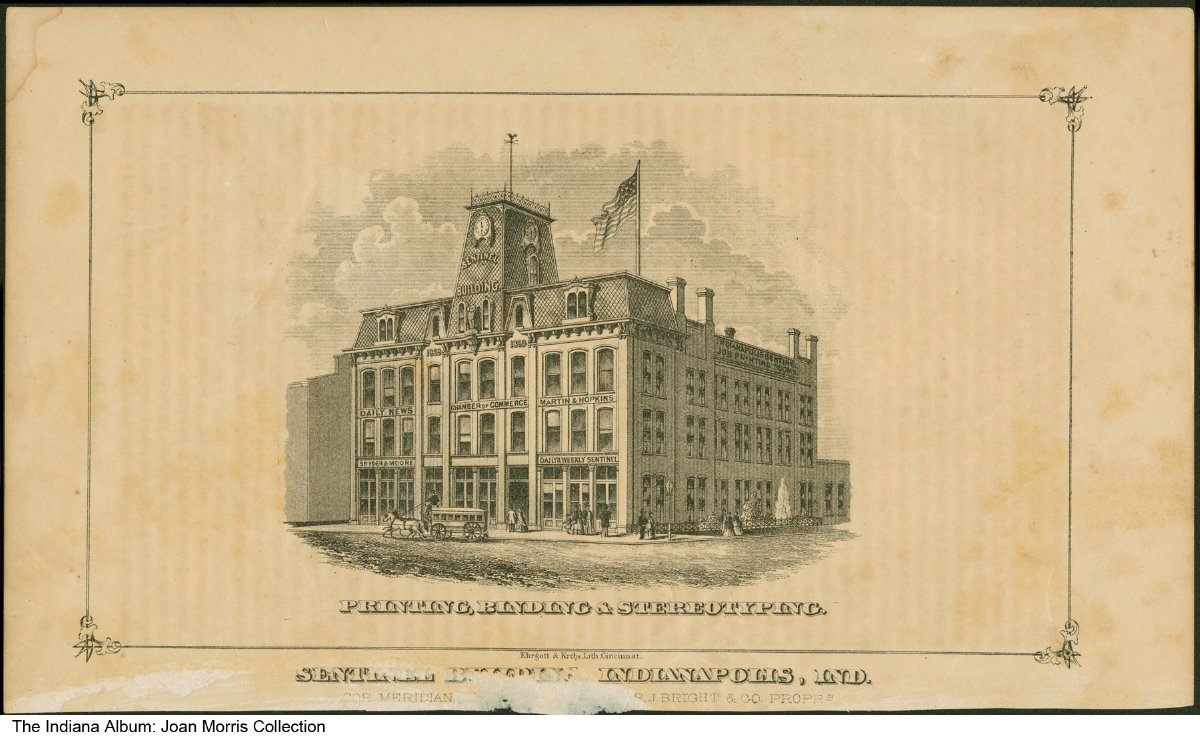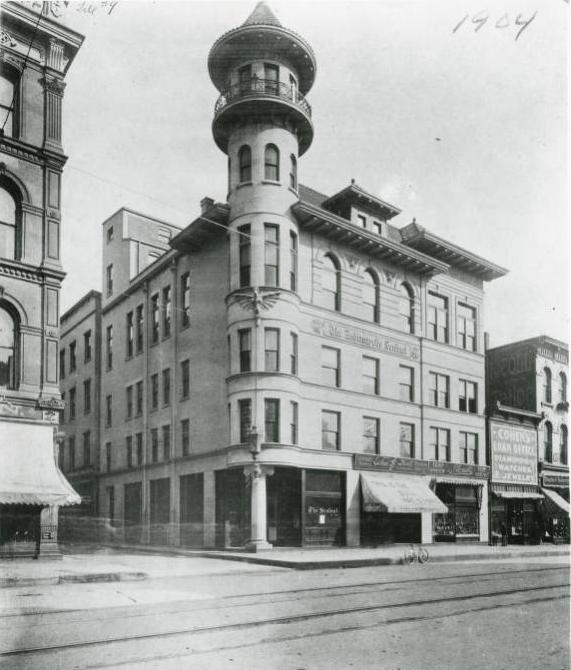First published by brothers after they purchased the (1830) and renamed it the . The paper remained a supporter of the throughout most of its history despite its many ownership and name changes.

Published as a biweekly by 1844, the morning paper became a daily in 1851. The published daily during the legislative sessions from 1841 to 1844 and thereafter tri-weekly during the sessions. Originally the paper printed political news almost exclusively and local news only occasionally, but beginning in the late 1850s it included local items on a regular basis. It had numerous owners until 1861 when purchased by John R. Elder and John Harkness of the , who merged the two papers under the name.
During the Civil War (1861-1865), the Sentinel opposed the administrations of Republican president Abraham Lincoln and Republican governor . Soldiers stationed in the city resented the newspaper’s editorial positions in favor of a peace settlement with the Confederate rebels.

On several occasions, troops guarded the Sentinel building against attack by other soldiers. Military authorities arrested editor (who was also chairman of the state Democratic Central Committee) for complicity in a plot to attack and release Confederate prisoners of war. Bingham turned state’s evidence and testified against other conspirators in the military commission .
The paper changed hands frequently from 1865 to 1888 but achieved financial stability under the strong editorial direction of Samuel E. Morss, the owner from 1888 to 1903. While Morss served as United States consul general to Paris from 1893 to 1897, historian directed the editorial section of the paper.
After the failed to take a stand on the 1896 “Free Silver” issue, it lost advertisers and subscribers. Continued party division over the issue and a prolonged advertising boycott resulted in irreversible financial problems for the paper.
In 1903, Morss was forced to produce the as a one-cent evening edition. The Associated Press franchise was sold a few days later to the founders of the . After Morss’ death in 1903, the paper declined and in 1906 was sold, with the purchasing the Sunday and the , acquiring the daily edition and the printing plant.

Help improve this entry
Contribute information, offer corrections, suggest images.
You can also recommend new entries related to this topic.

